
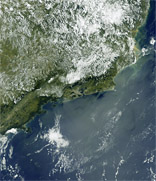
Coast of Rio de Janeiro and São Paulo
09. March 2005,
orbit: 15809
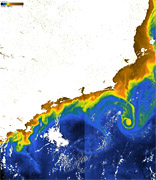
Backscatter coefficient of suspended matter
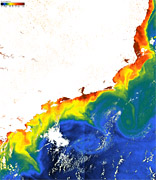
Chlorophyll concentration
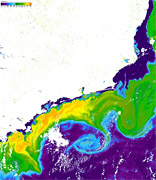
Quality measure of the inversion procedure (chi square)
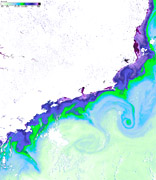
Depth where 90% of the light is absorbed at wavelength where this value is maximal
Click on the small images above to get the full resolution image (appr. 5÷6MB)

